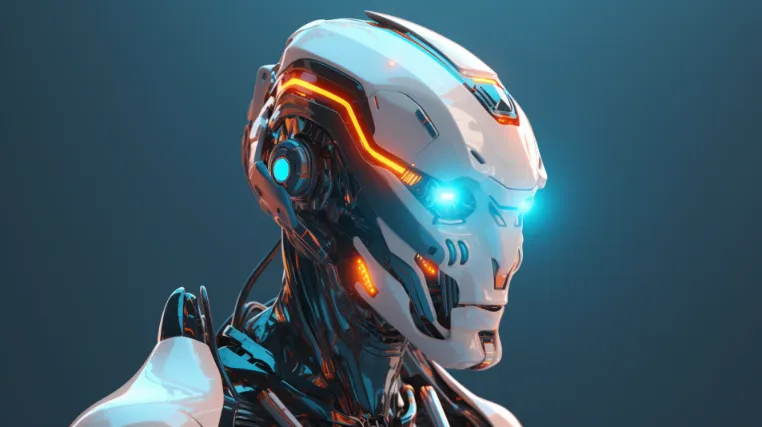Which is Better: AI or Human Test?
In the field of software development, testing is a crucial step in ensuring that the software performs as intended and meets the requirements of the end-users.
Testing can be done either by humans or with the use of Artificial Intelligence (AI). There has been a long-standing debate on which is better: AI or human testing? Let’s explore the advantages and disadvantages of both.
Advantages and Disadvantages of AI Testing
AI testing is highly accurate and efficient in identifying bugs and errors in software. It is also scalable and cost-effective since it can handle a large volume of test cases without the need for additional staff or resources.
However, AI testing has its limitations. It cannot replicate all possible scenarios and may miss certain bugs that only humans can detect. Examples of AI testing tools include Selenium, Appium, and Testim.
Advantages and Disadvantages of Human Testing
Human testing offers flexibility and creativity in testing scenarios. Humans can apply their domain knowledge and intuition to identify issues that may not be covered by automated tests.
However, human testing can be time-consuming and costly, especially when dealing with a large volume of test cases. Examples of human testing methods include exploratory testing, usability testing, and acceptance testing.
AI and Human Testing: A Collaborative Approach
A collaborative approach between AI and human testing can combine the strengths of both methods.
AI can enhance human testing by automating repetitive tasks, reducing the workload and freeing up more time for humans to focus on more complex testing scenarios.
However, human oversight is necessary to ensure that AI testing does not miss any critical issues that only humans can detect.
Wrapping Up
When discussing the “AI or human test” debate, it’s crucial to acknowledge that AI has drastically transformed the testing landscape.
AI testing, particularly when bolstered by machine learning, has the capacity to quickly adapt to changes in the software, making it an incredibly dynamic and reliable method for identifying errors.
With the rise of AI-powered testing tools, the efficiency of the software development process has been significantly amplified.
That being said, AI testing can only operate within predefined parameters, which can limit its potential to unearth more complex issues.
In essence, it’s not able to “think outside the box” or creatively problem-solve like humans can.
While the AI system can handle multitudes of data, perform regression testing, and repeatedly execute predefined tasks, it struggles with ambiguous scenarios that require critical and adaptive thinking.
On the other hand, human testing remains irreplaceable in certain contexts. The value of human judgment and intuition is immeasurable when it comes to understanding the user experience, an area where AI testing can fall short.
The subtleties of user interaction with the software can often be overlooked by AI systems, but human testers can step in and provide invaluable insight.
Nevertheless, human testing is not without its drawbacks. It can be labor-intensive and time-consuming, making it less suitable for handling extensive test cases.
Human error is also a factor to consider, as people are not infallible and may overlook issues or make mistakes during the testing process.
Taking all these factors into account, it’s clear that a collaborative approach leveraging the strengths of both AI and human testing offers the most robust and comprehensive solution.
The use of AI can effectively expedite the testing process, handling the repetitive tasks and leaving the complex, ambiguous test scenarios to human testers.
This synergy ensures high precision and a broader coverage of test cases, which ultimately leads to high-quality software.
The importance of human oversight in the testing process cannot be overemphasized.
While AI can automate and accelerate the testing process, human supervision is essential to guarantee that the AI system doesn’t overlook any intricate details.
Humans possess the ability to examine and interpret results from different perspectives, providing a level of assurance that a machine cannot match.






